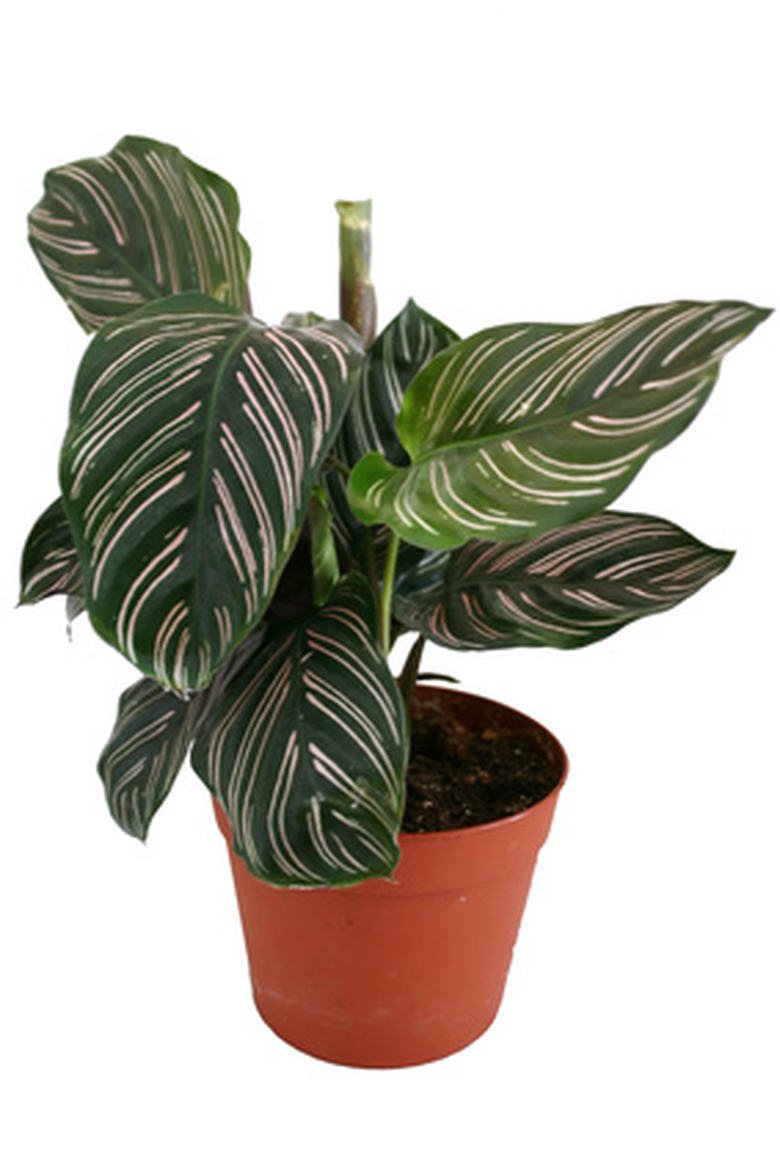How To Paint Plastic Plant Pots
Things Needed
- Newspaper
- Paint thinner
- Old rag
- Spray paint (in desired colors)
- Acrylic paint
- Paintbrushes
Plastic plant pots provide economical and suitable containers for a variety of both indoor and outdoor plants. While these plastic pots are affordable, they often lack attractive designs and beauty for setting off your potted plants. Infuse imagination and decor into your boring plastic pots by painting the pots in colors and designs you like. Many newer spray paint products have formulations created especially to adhere to plastic surfaces.
Step 1
Spread the newspaper in a thick layer to protect your work surface. Choose a work area with good ventilation–outdoors works well.
Step 2
Apply a thin coating of paint thinner to the outside surfaces of the plastic pot with the old rag to prepare the surface for painting. Allow the plastic pot to dry completely.
- Plastic plant pots provide economical and suitable containers for a variety of both indoor and outdoor plants.
- Apply a thin coating of paint thinner to the outside surfaces of the plastic pot with the old rag to prepare the surface for painting.
Step 3
Spray the base color of paint onto the outside surface of the pot. Hold the spray can between 8 and 10 inches away from the pot surface and apply the paint evenly on all surfaces. Allow the paint to dry completely and then apply one or two additional coats of the base color. Allow the base paint to dry completely before you proceed.
Step 4
Spray the inside top surface of the container with the base color also, spraying down past the level where you will have potting soil in the container.
Step 5
Paint a pattern or design onto the plastic pot using the acrylic paint. Use a variety of different colors that you like and apply the paint with narrow or wide brushes. Paint flowers or geometric shapes onto the pots or simply add swirls of assorted colors to decorate the plastic pots. Add as much or as little accent designs to your pots as you want.
- Spray the base color of paint onto the outside surface of the pot.
- Allow the paint to dry completely and then apply one or two additional coats of the base color.
Step 6
Allow the paint to dry completely. Some spray paints may need to cure for up to one week before they are scratch and weather resistant.
